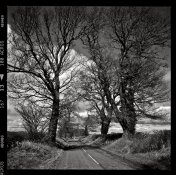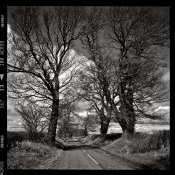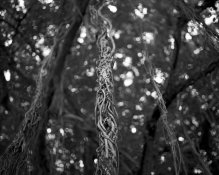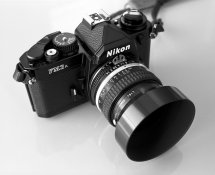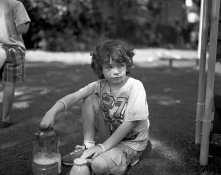erikg - that's a very good approach. It is good to compare and lend a critical eye to the results to see if it's worthwhile.
In my experience I have found that standing development will sometimes save me when I accidentally expose a roll of FP4+ thinking that it was Tri-X. But I find that for most normal situations regular agitation is better, unless the light is extremely high contrast, involving light bulbs and deep shadows in the same scene. The extreme compensation that occurs in the highlights is one thing, but it can also expand tones in the mid-range and build tones in the low midrange and into the shadows that seem very strange in a print.
Remember that agitation is a tool that affects tonality. Sometimes not in a good way. When you slow down agitation you change how the highlights and the shadows appear, but mid-tones stay similar (say from agitating every minute to every 5 minutes). Shadows get a bump because you need to develop longer to get the same contrast, and the highlights are toned down about the same amount. This works really well with Xtol developer, Rodinal, DD-X, Sprint, and Edwal 12. I have not tried HC-110.
But the question we have to ask ourselves is: What is it that we wish to achieve by choosing certain techniques? If we don't ask that question first, then it becomes difficult to justify one technique over the other. The outcome has to be a negative that prints to our liking, right?
So, I use standing development (or minimal agitation, actually - I agitate every 5 minutes) only as a last resort to save my butt.











